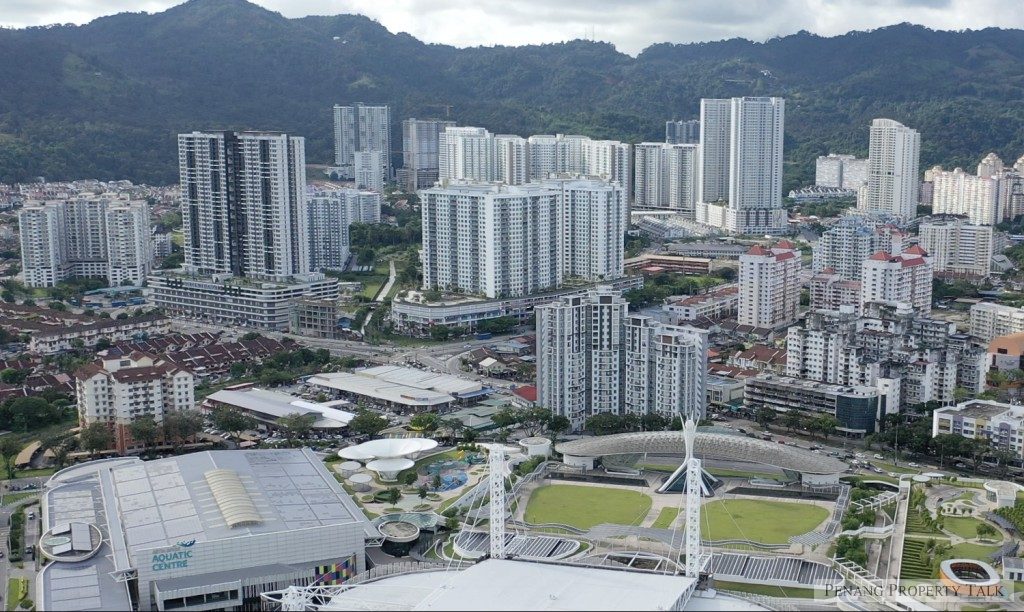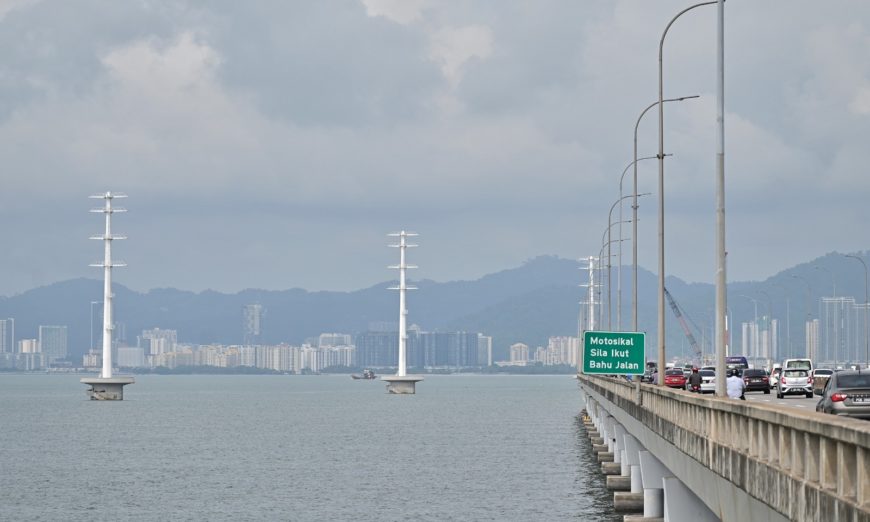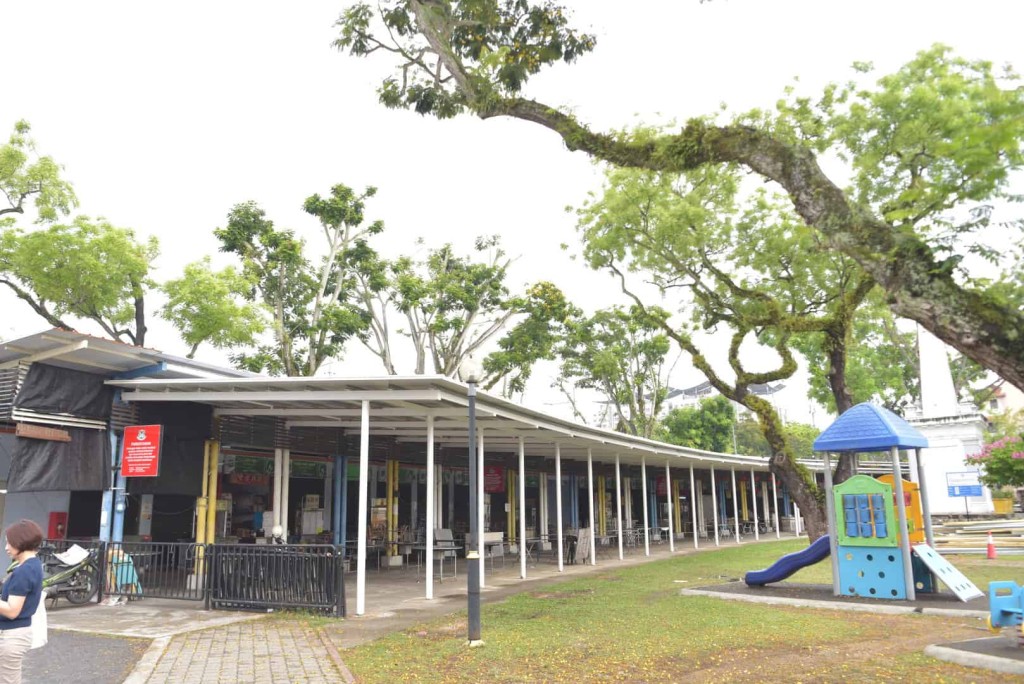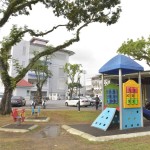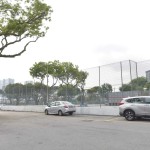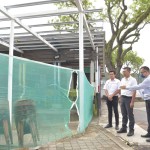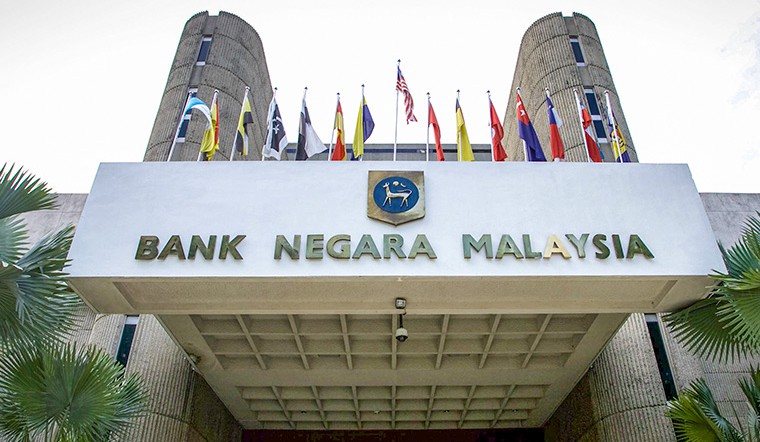Batu Kawan: A thriving hub of industrial growth
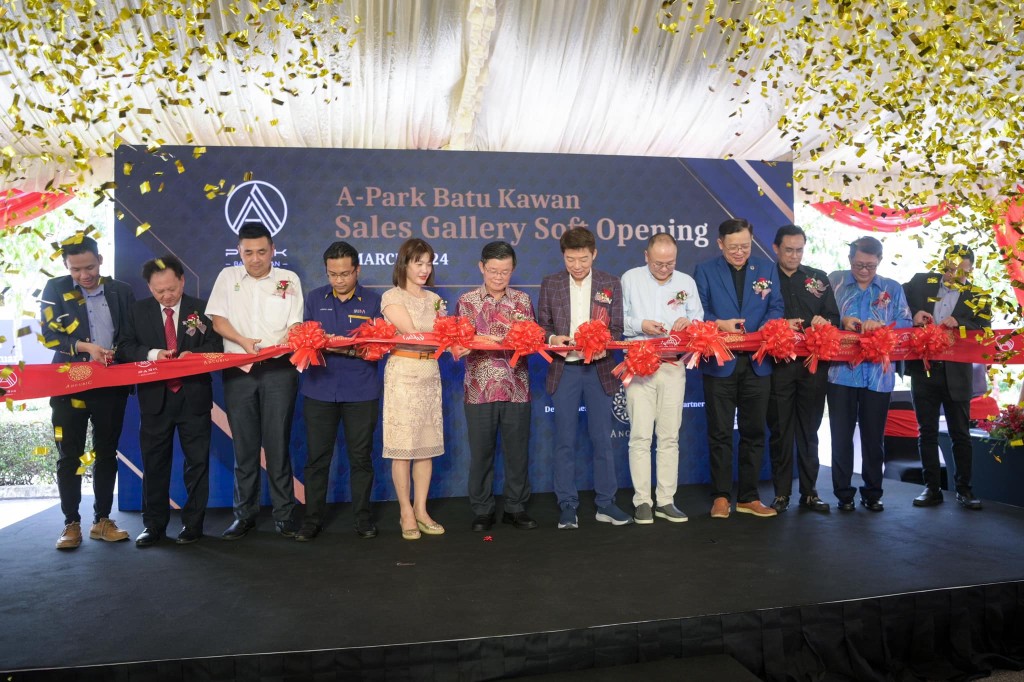
Over the past decade, Batu Kawan has transformed from a quiet township into a bustling center of industrial growth, offering abundant opportunities for commercial and developmental ventures. Chief Minister Chow Kon Yeow, speaking at the inauguration of the A-Park@Batu Kawan Sales Gallery, emphasized the significant strides made by the township.
The A-Park @ Batu Kawan, according to Chow, represents more than just physical space; it embodies a commitment to progress and sustainability. With the opening of the second bridge, connectivity in the area has been greatly enhanced, further fueling economic potential and attracting investments.
Chow expressed gratitude to various state and Federal agencies for their collaborative efforts in bringing investments to Penang. He particularly highlighted the approvals for the Penang International Airport’s expansion plan and the LRT project as crucial steps towards enhancing infrastructure and economic growth.
The Chief Minister also extended appreciation to Prime Minister Datuk Seri Anwar Ibrahim for his support during the unveiling of Batu Kawan Industrial Park 3, underscoring Penang’s significant contributions to the nation’s economic prosperity.
With optimism for the future, Chow discussed the development of A-Park@Batu Kawan, which offers 50 Light Industrial Factory units to foster collaboration among businesses, enhancing synergy and growth opportunities.
Moreover, a memorandum signing ceremony between Ancubic Group and the ESG Association of Malaysia marked a commitment to sustainable practices and growth in the region, further highlighting Batu Kawan’s evolution as a dynamic economic hub.
With ample land available to accommodate foreign direct investments for the next five years, Batu Kawan continues to emerge as a beacon of economic vitality. Its journey reflects resilience and determination, showcasing Penang’s potential for growth and prosperity in the years to come.

